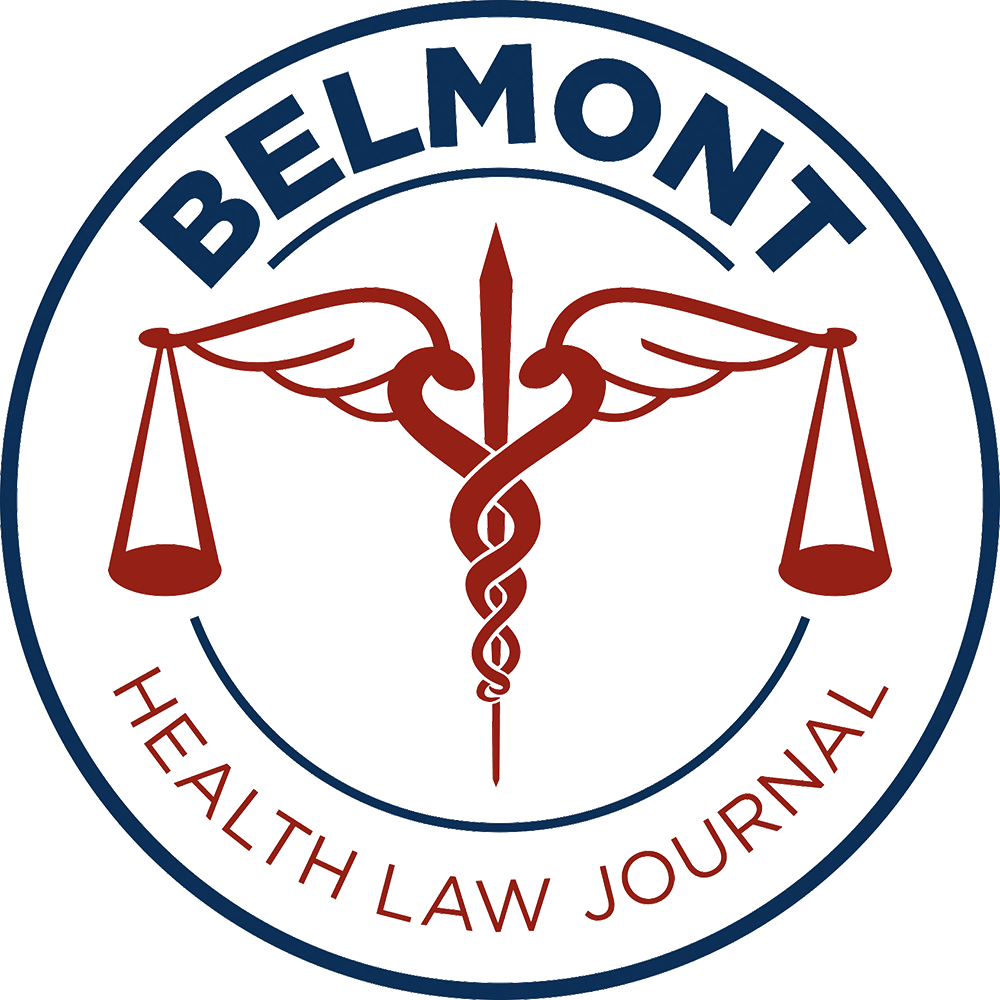By Philip FitzGerald, Class of 2019; Colin H. Luke, Partner at Waller
In late March, the Department of Justice (“DOJ”) issued a letter to the U.S. Court of Appeals for the Fifth Circuit supporting the holding by District Court Judge Reed O’Connor that the Affordable Care Act’s (“ACA’s”) individual mandate is unconstitutional and therefore the entire ACA should be repealed.
The DOJ’s letter states that it “is not urging that any portion of the district court’s judgment be reversed.” We have addressed Judge O’Connor’s decision in a previous blog post. The DOJ’s letter is a departure from its original argument that, although the individual mandate was unconstitutional, it was severable from the rest of the unrelated provisions in the ACA.
At issue before the Court is whether the removal of the individual mandate’s penalty by the Tax Cuts and Jobs Act has invalidated the mandate. If so, does that mean the entire ACA is unconstitutional or is the mandate and its dependent provisions (such as the protections for pre-existing conditions) severable from the rest of the ACA?
Although the DOJ will no longer be supporting the severability argument, Ohio Attorney General Dave Yost, a Republican, filed a friend-of-the-court brief arguing that the unconstitutionality of the individual mandate does not invalidate the rest of the ACA. In support of his argument is the fact that Congress essentially removed the individual mandate in 2017 by reducing the penalty to zero for not having health insurance, while keeping the rest of the ACA’s provisions, such as protections for pre-existing conditions.
A friend-of-the-court brief in support of the Democrat-led states defending the ACA was filed on April 1 by the American Hospital Association, the Federation of American Hospitals, the Catholic Health Association of the United States, America’s Essential Hospitals and the Association of American Colleges. In their brief, they claim that the wholesale judicial repeal of the ACA will remove millions from the insurance rolls, which will hurt not only patients but also hospitals that will be burdened with providing a greater amount of uncompensated care. Additionally, the brief argues that the ACA established numerous programs to address pressing health care needs, such as the opioid crisis and providing more support for the country’s aging population, which would indicate that Congress could not have intended for the entire ACA to be repealed with the elimination of the individual mandate.
On April 10, the Fifth Circuit agreed to expedite the case, setting oral arguments for July. However the Court rules, there is a good probability that the decision will be appealed to the Supreme Court, and the ACA will likely remain in effect as it winds its way through the judicial process.
